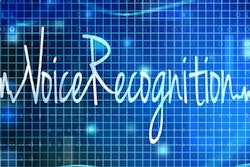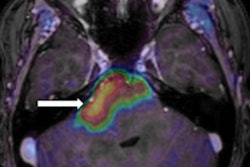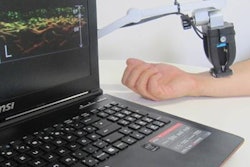Dear AuntMinnieEurope Member,
Most radiologists have used voice recognition systems for several years, but the technology's error rate still can be surprisingly high and needs attention, as shown by a study presented at this week's U.K. Radiological Congress (UKRC 2017).
To minimize errors, the authors recommend both vigilance and more thorough checks. Go to our Imaging Informatics Community, or click here.
Radiographer reporting always arouses strong emotions within the medical imaging community. Opponents have concerns over quality and erosion of radiology's turf, while supporters say there's plenty of work to go around, and role extension can relieve the burden on overstretched radiologists. At UKRC, researchers with a long track record in the field presented new evidence about radiographer reporting of head CT scans. Visit the CT Community, or click here.
To have robust and meaningful algorithms for data retention within a vendor-neutral archive (VNA), it's vital to consider a range of different factors, writes Dr. Neelam Dugar in her new column. Being an informatics adviser to the Royal College of Radiologists, she knows her stuff. To find out more, click here.
Meanwhile, Swiss researchers have made the headlines this week at the U.S. Society of Nuclear Medicine and Molecular Imaging annual meeting in Denver, Colorado, where a team from Zurich presented new findings on brainstem glioma. Go the Molecular Imaging Community, or click here.
Finally, Spanish investigators have found that breast imaging software can be reliable in estimating the local glandular tissue distribution in mammograms and can be used for assessment and follow-up. They think their research can provide more reliable density estimations within the radiologist's community, as well as opening a window to start considering local breast distribution for risk assessment. For the full details, click here.



















